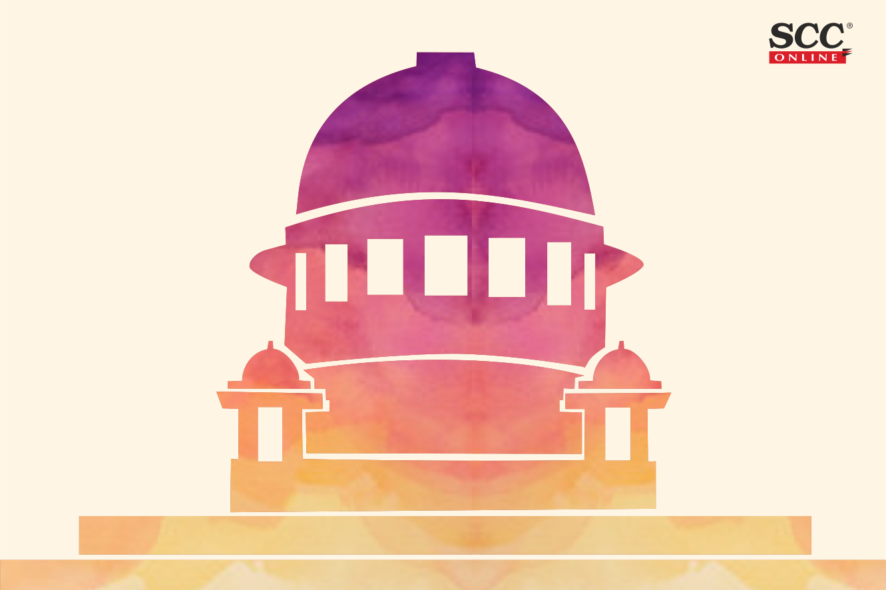Supreme Court: In a case where an accused merely pointed to the house where the victim was hiding, thereby helping a fully armed “murderous mob” locate the victim, the bench of Sanjay Kishan Kaul* and MM Sundresh, JJ has held that the mere fact that the accused was not brave enough to conceal where the victim was hiding did not make him a part of the unlawful assembly under Section 149 of the IPC.
A house was being constructed on land stated to be of the victim named Abdul Wahab and others when the accused persons came in a mob towards the house of the victim armed with lathis, spears, daggers, etc. The victim tried to escape by taking shelter in the house of one Shorab Ali but did not succeed as the house was surrounded, walls of the house were broken and a mounted assault made on the victim. Different accused were assigned different roles to the extent of the weapon they wielded. The body of the victim was then carried and disposed of by throwing in the river Brahmaputra.
Charges were framed against the accused under Sections 147/148/324/302/201 read with Section 149 of the IPC and the Sessions Judge convicted all the 32 accused and sentenced them to life imprisonment vide judgment dated 8.5.2015.
The Supreme Court, in the case at hand, was only concerned with the appeal filed by Taijuddin, one of the accused, claiming that his role was only of having pointed out the house where the victim was hiding.
The Court considered the following key factors while deciding the case:
- The victim’s son, in his testimony, stated “Taijuddin showed that my father Abdul Wahab was inside the house of Sorab.”
- There were inconsistency in the testimonies of the witnesses – inasmuch as the family members of the deceased never even pointed a finger at the appellant as also some of the other witnesses, while the witnesses who did point a finger only assigned the role of pointing out the place where the victim was hiding.
- The appellant was present at the place of the incident at the early hours in the morning (around 6:30 AM) because of his house being almost adjacent to where the deceased was hiding.
- He did not come along with the mob, was not carrying any weapon and did not assault anybody.
The Court noticed that the only evidence of his involvement is that he pointed to the house where the victim was hiding.
“Given that a murderous mob fully armed was hunting for him, the appellant at best can be said not to be brave enough to conceal the deceased or even to have not pointed out where he was, but that by itself cannot rope in the appellant under Section 149 of the IPC.”
In Subal Ghorai v. State of West Bengal, (2013) 4 SCC 607, the Supreme Court had held that constructive liability cannot be stretched to lead to the false implication of innocent bystanders. The Court considered the possibility of often people gathering at the scene of offence out of curiosity but that did not make them share the common object of the assembly. The Court held that,
“The Court must guard against the possibility of convicting mere passive onlookers who did not share the common object of the unlawful assembly. There must be reasonable direct or indirect circumstances which lend assurance to the prosecution case that they shared common object of the unlawful assembly. Not only should the members be part of the unlawful assembly but should share the common object at all stages. This has to be based on the conduct of the members and the behaviour at or near the scene of the offence, the motive for the crime, the arms carried by them and such other relevant considerations.”
Considering the aforementioned law laid down by the Supreme Court and the facts and material before the Court, it was held that the case against the appellant was not proved beyond reasonable doubt. In fact, no case seemed to have been proved against the appellant given the role assigned to him in the testimony of the witnesses. The accused was, hence, entitled to a clean acquittal in the given facts.
[Taijuddin v. State of Assam, 2021 SCC OnLine SC 1154, decided on 01.12.2021]
*Judgment by: Justice Sanjay Kishan Kaul






